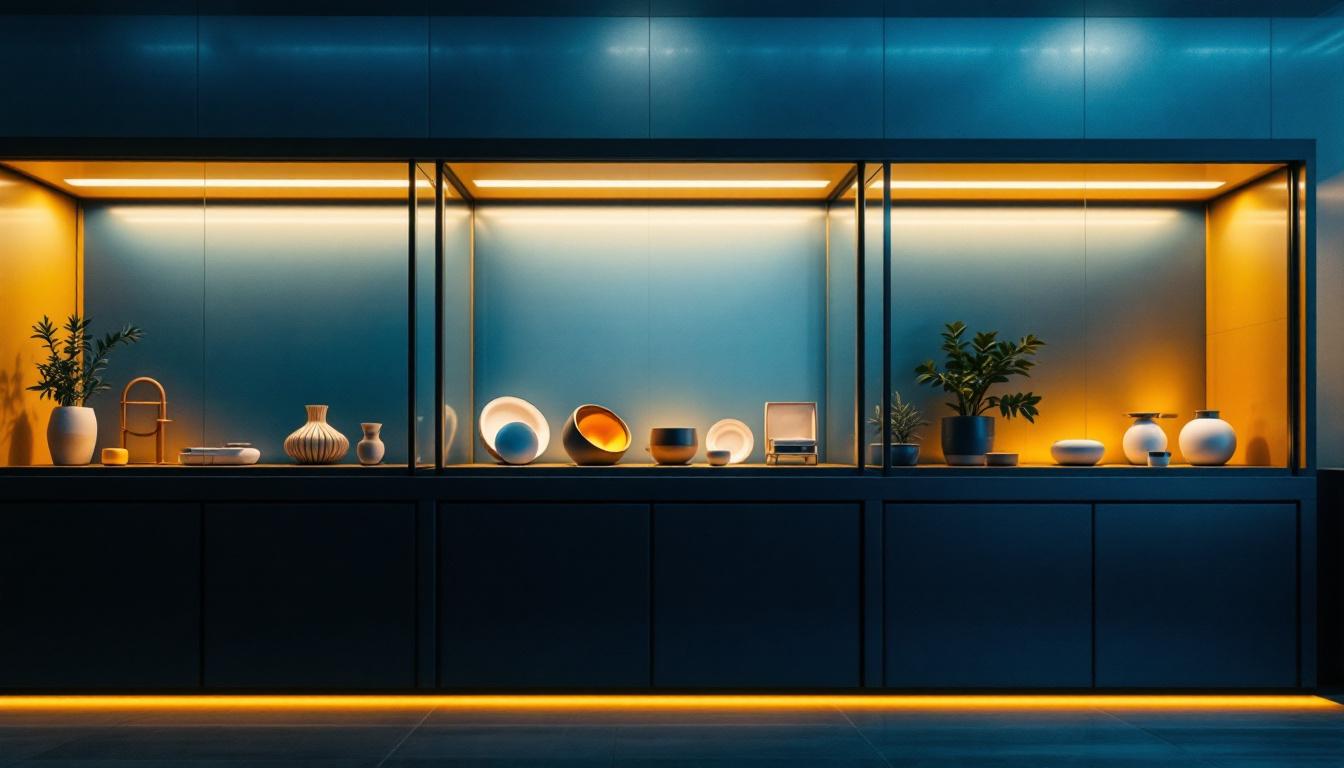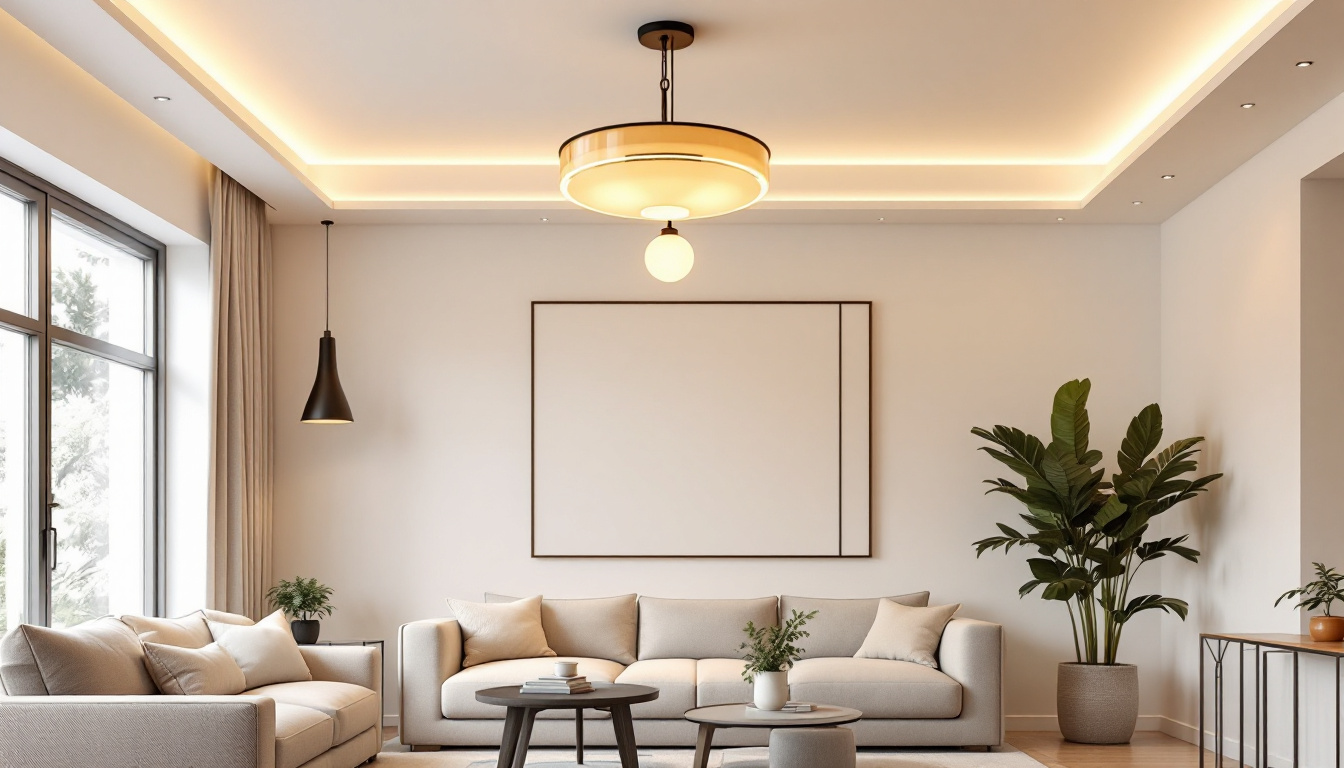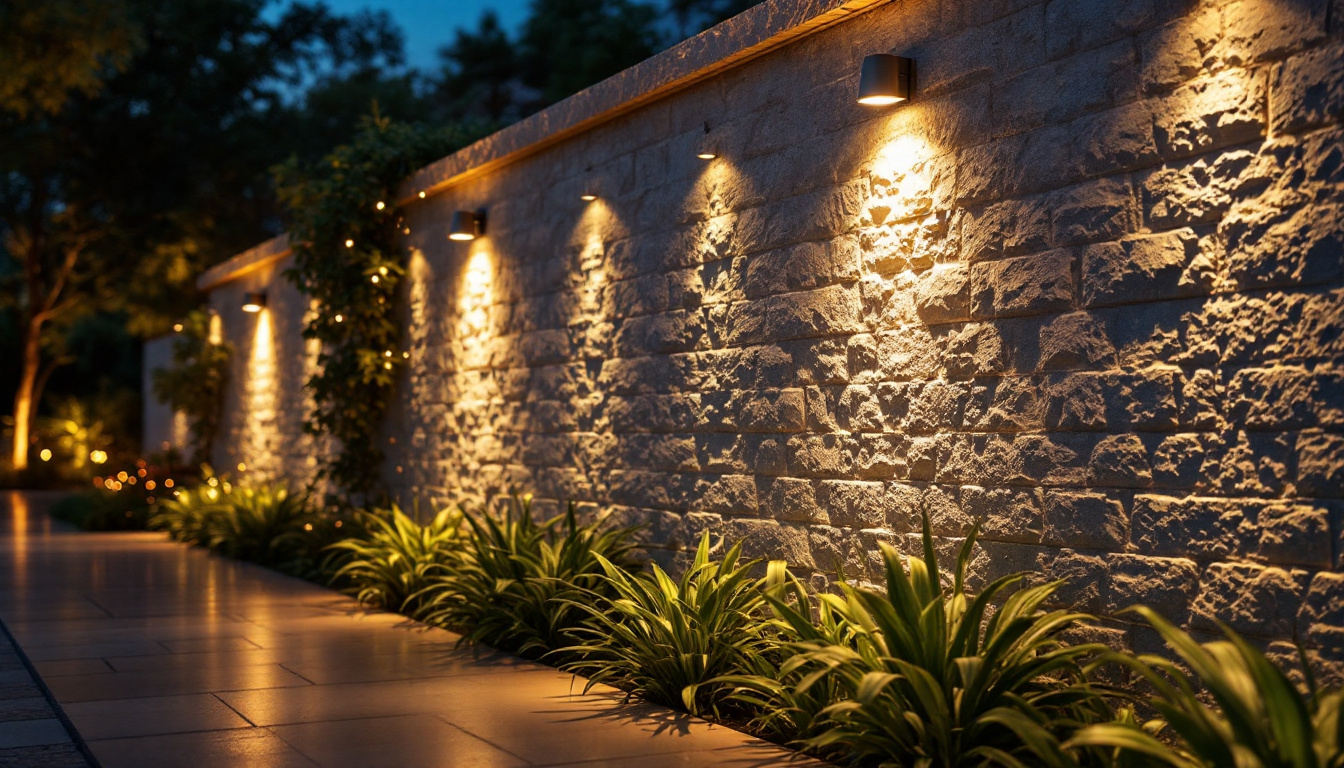
Lighting is an essential aspect of design, especially when it comes to display cabinets. These fixtures not only serve a functional purpose but also enhance the aesthetic appeal of the items they showcase. However, lighting contractors face a myriad of challenges when it comes to selecting and installing lights for display cabinets. This article delves into the top challenges that lighting contractors encounter in this specialized field.
One of the foremost challenges for lighting contractors is accurately understanding the specific needs and preferences of their clients. Display cabinets can vary significantly in size, design, and purpose, which means that the lighting solutions must be tailored accordingly. Each project presents its own unique set of requirements, and a one-size-fits-all approach often leads to unsatisfactory results. Therefore, taking the time to delve into the specifics of each client’s vision is essential for creating a harmonious balance between functionality and aesthetics.
Before selecting lighting, contractors must consider what items will be displayed within the cabinet. Different materials and colors can react uniquely to light. For instance, glass objects may require different lighting than wooden artifacts. Understanding the nature of the items helps in selecting the right type of lighting, whether it be LED, halogen, or fluorescent. Additionally, the arrangement and positioning of these items can greatly influence how light interacts with them. For example, a well-placed spotlight can create dramatic shadows and highlights, enhancing the visual appeal of the displayed items. It’s also important to consider the depth and transparency of the cabinet itself, as these factors can affect how light penetrates and illuminates the contents.
Clients often have specific aesthetic preferences that can complicate the decision-making process. Some may prefer a warm, inviting glow, while others might opt for a cooler, more modern look. Engaging in thorough discussions with clients about their vision and expectations is crucial for achieving satisfactory results. Furthermore, understanding the overall theme of the space where the display cabinet will reside can provide valuable insights into the desired lighting style. For instance, a contemporary art gallery may call for sleek, minimalist lighting, while a cozy home library might benefit from softer, ambient illumination. By exploring various lighting options and showcasing samples, contractors can help clients visualize how different choices will impact the overall atmosphere of their space, ultimately leading to a more informed and satisfying decision.
The rapid advancement of lighting technology presents both opportunities and challenges for contractors. With a plethora of options available, selecting the right technology for display cabinets can be daunting. The right choice not only enhances the aesthetic appeal of the items on display but also influences customer perception and purchasing decisions. As such, understanding the nuances of various lighting technologies is essential for making informed decisions that align with both functionality and design.
LED lighting has gained popularity due to its energy efficiency and longevity. However, traditional lighting options still have their place in certain applications. Contractors must weigh the pros and cons of each option, considering factors such as cost, energy consumption, and the quality of light produced. For instance, while LED lights may have a higher upfront cost, their lower energy consumption and longer lifespan often lead to significant savings over time. Conversely, traditional incandescent bulbs may provide a warm glow that some clients prefer, especially in settings where ambiance is paramount. Understanding the specific needs of the display environment can guide contractors in making the best choice for their projects.
Color temperature plays a significant role in how items are perceived under different lighting conditions. Lighting contractors must be knowledgeable about color rendering index (CRI) ratings to ensure that the colors of displayed items are accurately represented. A high CRI is crucial for art pieces or collectibles that need to be showcased in their true colors. Additionally, the choice of color temperature can dramatically affect the mood of a space; cooler temperatures can create a modern and sleek atmosphere, while warmer tones can evoke a sense of comfort and nostalgia. Contractors should also consider the specific materials of the items being displayed, as certain finishes may react differently under various light sources, potentially altering their appearance and appeal.
Once the lighting technology has been selected, the next hurdle is the installation process. Display cabinets can be intricate, and improper installation can lead to unsatisfactory results.
Many display cabinets are designed with limited space, making it challenging to install lighting fixtures without compromising the overall design. Contractors must be adept at finding creative solutions to fit lighting into tight spaces while ensuring that the light is evenly distributed across the display. This often requires innovative mounting techniques or the use of low-profile fixtures that can blend seamlessly into the cabinet’s architecture. Additionally, the choice of lighting color temperature and intensity plays a crucial role in enhancing the visual appeal of the items on display, necessitating careful consideration during the installation process.
Proper wiring is essential for any lighting installation. Contractors must ensure that the electrical components are safely and effectively integrated into the cabinet design. This may involve working with existing electrical systems or installing new wiring, which can be time-consuming and requires a thorough understanding of electrical codes and safety standards. Moreover, the selection of appropriate wiring materials is critical; using the wrong type can lead to overheating or even electrical failures. In some cases, contractors might also need to install dimmers or smart controls to allow for adjustable lighting, which adds another layer of complexity to the installation process. Ensuring that all components are compatible and function harmoniously is vital for creating an optimal display environment.
Flexibility is key when it comes to display cabinet lighting. Clients may change their minds about the items they wish to display, which can necessitate adjustments to the lighting setup.
Implementing modular lighting solutions can provide the necessary flexibility. These systems allow for easy adjustments and reconfigurations, enabling contractors to adapt the lighting as needed without a complete overhaul. This adaptability is particularly beneficial for clients who frequently update their displays or for those who may want to change the ambiance of the space.
As technology continues to evolve, lighting contractors must consider future-proofing their installations. This may involve selecting fixtures that can accommodate new technologies or ensuring that wiring systems can support upgrades down the line. By planning for the future, contractors can save clients time and money on potential renovations.
Budget constraints are a common challenge in any lighting project. Lighting contractors must find a balance between providing high-quality solutions and staying within the client’s budget.
The materials used for lighting fixtures can significantly impact the overall cost of the project. While high-end materials may offer better aesthetics and durability, they may not always be feasible for every budget. Contractors must be skilled in recommending alternatives that maintain quality while being cost-effective.
Clients may be hesitant to invest in higher-quality lighting solutions due to upfront costs. However, lighting contractors should educate clients on the long-term benefits of investing in quality products, such as lower energy bills and reduced maintenance costs. Providing a clear comparison can help clients make informed decisions.
Lighting installations must comply with various local and national regulations, which can be a significant challenge for contractors. Understanding these regulations is essential for ensuring safety and legality.
Every region has specific building codes that dictate how electrical systems should be installed. Lighting contractors must be well-versed in these codes to avoid potential legal issues and ensure the safety of the installation. This may require ongoing education and staying updated on changes in regulations.
With a growing emphasis on sustainability, contractors must also consider the environmental impact of their lighting solutions. This includes selecting energy-efficient products and ensuring proper disposal of old fixtures. Being knowledgeable about eco-friendly options can enhance a contractor’s reputation and appeal to environmentally conscious clients.
Managing client expectations is a vital part of any project, particularly in lighting installations for display cabinets. Clear communication is essential to ensure that clients are satisfied with the final outcome.
Clients often have high expectations regarding project timelines. Lighting contractors must provide realistic estimates based on the complexity of the installation and potential challenges. Keeping clients informed throughout the process can help manage expectations and build trust.
Consistency in quality is crucial for client satisfaction. Contractors must ensure that all aspects of the installation meet the highest standards, from the selection of fixtures to the final adjustments. Regular quality checks during the installation process can help identify any issues early on, allowing for timely resolutions.
Lighting contractors face numerous challenges when it comes to selecting and installing lights for display cabinets. From understanding client needs to navigating installation complexities, each project presents unique hurdles. By being aware of these challenges and developing strategies to address them, contractors can enhance their service offerings and ensure successful project outcomes.
Ultimately, the key to overcoming these challenges lies in effective communication, a deep understanding of lighting technology, and a commitment to quality. By prioritizing these aspects, lighting contractors can not only meet but exceed client expectations, leading to long-lasting relationships and a thriving business.
Ready to tackle the challenges of display cabinet lighting with confidence? LumenWholesale is here to support you every step of the way. Our extensive selection of spec-grade lighting products ensures you have access to the highest quality options at unbeatable wholesale prices. Say goodbye to middleman markups and hello to reliable, high-performance lighting that meets your project’s specific needs. Plus, with free shipping on bulk orders, you can enjoy the best value without any hidden fees. Elevate your lighting installations today and experience the perfect blend of quality, affordability, and convenience. Visit LumenWholesale for Wholesale Lighting at the Best Value.

Discover the often-overlooked aspects of ceiling mount exterior lights that even seasoned lighting contractors might miss.

Discover how wallpack lights are revolutionizing the lighting industry for contractors.

Illuminate your living space with expert advice! Discover quick tips from lighting contractors on choosing the perfect ceiling light fixtures for your living room, blending style with functionality..

Discover the essentials of outdoor wall up lighting with our comprehensive guide tailored for lighting contractors.